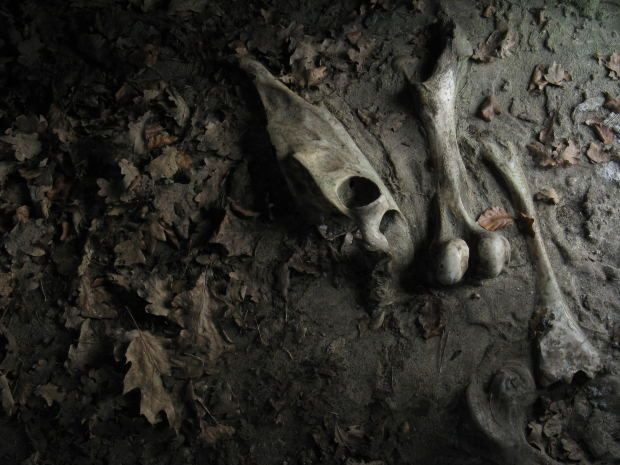
New research suggests that a cavern in Spain may once have lured carnivores to their death by offering food and water.
First, a little back story: Miners drilling roughly 18.7 miles outside of Madrid, Spain found animal bones in 1991. Local paleontologists excavated the area, only to discover underground caverns full of animal fossils. The fossils, which currently number around 18,000, included: saber-toothed cats, "bear dogs", red pandas, and ancient animals related to modern day elephants, giraffes, rhinoceroses, and horses.
The cave, called Cerro de los Batallones, is believed to have formed 9 million to 10 million years ago. Scientists believe that the cave was created via piping, a process where sediment fell into cracks in the surface and creates hollow spaces in the Earth.
And while much is known about the species found and how the cave was formed, not much is known about the reason why the animals entered the caves to begin with. The study, published in the journal PLOS ONE, provides an explanation as to why these carnivorous species entered the cave and how they wound up underground a million years ago.
"Only the carnivores were daring enough to enter," said study co-author M. Soledad Domingo, a paleontologist at the University of Michigan, according to Yahoo. "But they were unable to make their way out."
Domingo shared with LiveScience that she and her colleagues analyzed the bones found at the bottom of a site called Batallones-1, where there was an unusually high number of carnivores. They found that 98 percent of the large-mammal fossils were carnivores, and many of them were young healthy adult specimens. Domingo and her colleagues also studied the orientation of the skeletons.
Their findings were clear: The team concluded that the cave most likely had a visible opening into the ground which resulted in herbivores falling in occasionally--although most herbivores avoided the trap. They concluded that young-adult carnivores willingly entered the cave lured by the scent of food and animal.
Unfortunately, many of these animals got trapped and died from starvation. Their rotting flesh lured in more carnivores into the cave, and in turn, continued the cycle of death
"We think that the carnivores were getting trapped, and then they became additional food for another coming carnivore," Domingo said.
The researchers admit that they need to do more research to determine how herbivores ended up in the upper level, as these findings only apply to the skeletons in the particular cave.
© 2025 Latin Times. All rights reserved. Do not reproduce without permission.





